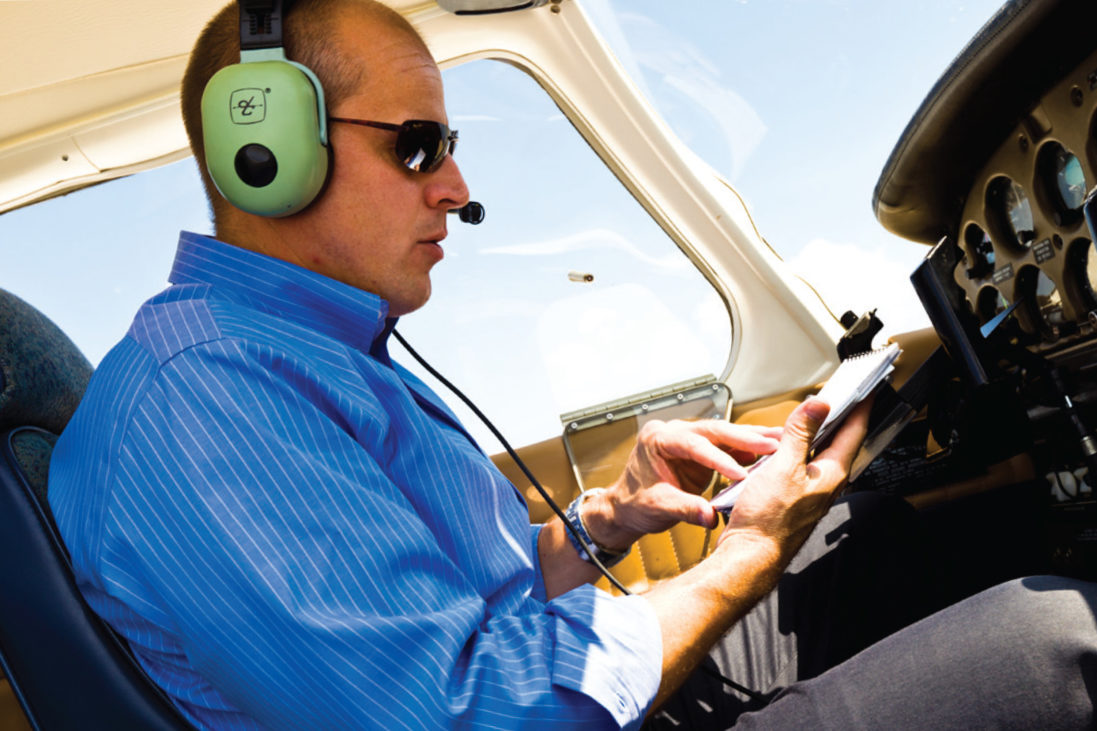
May 8, 2020
Stay-at-home orders and social distancing to fight the COVID-19 pandemic are making it difficult for the business aviation community to comply with training, recent experience, testing and checking requirements. Recognizing this, the FAA has published Special Federal Aviation Regulation (SFAR) 118, a temporary rulemaking that provides regulatory relief for business aviation to continue providing essential services through this difficult time.
SFAR 118 is a comprehensive rule that provides extensions for the business aviation industry to continue critical operations without the risk of invalidating certificates due to an inability during the pandemic to satisfy training and qualification requirements.
Those covered include pilots involved in the private carriage of medical supplies and equipment under Part 91, subpart K, and Parts 125, 133 and 137, as well as pilots supporting the continuity of essential operations, such as aerial observation of critical infrastructure and flights to sustain agriculture. SFAR 118 also extends to flight attendant crewmembers, check pilots and flight instructors under Part 91, subpart K, and Part 125 as well as remote pilots certificated under Part 107.
The rule also provides relief for pilots and flight schools unable to meet duration and renewal requirements.
With such complexity, NBAA’s May 8 News Hour webinar, SFAR 118: Dissecting FAA’s COVID-19 GA Relief Package featured the FAA’s Rob Burke, group manager for training and simulation, and Barbara Adams, program analyst in the office of the executive director, as well as NBAA VP for Regulatory and International Affairs Doug Carr to discuss keys aspects of this important rule.
“As the pandemic spread around the world, it quickly became clear within the broad aviation industry that we would have to consider how to maintain privileges that had been issued by the FAA. For business aviation, our most pressing concerns were focused on medical qualifications and recency of experience for pilots, flight instructors and ground instructors as outlined with Federal Aviation Regulations Part 61, and most notably Part 61.58,” said NBAA’s Carr. “I have to congratulate and commend the FAA for developing SFAR 118 and for working closely with the industry to ensure our concerns were addressed,” he added.
The applicability of SFAR 118 dominated the News Hour conversation, with moderator Brian Koester, CAM, NBAA director of flight operations and regulations, fielding numerous questions from the online audience on who will be provided relief under the year-long temporary rule.
According to FAA’s Adams, the new rule should be considered in two parts. “The first section is relief from certain training, recency testing and checking requirements,” she said. “That particular section has very defined applicability requirements to exercise relief. The second section is where we provided relief to things with duration requirements, like the knowledge test or a medical certificate, which is applicable to all airmen, including flight engineers, aircraft dispatchers, pilots at all certificate and rating levels, and to mechanics.”
“We’re trying to keep critical operations moving during this time, so if you can justify that operation that you’re conducting is important to air transportation – and that can be looked at pretty broadly – then you can go ahead and exercise that relief,” Adams continued.
SFAR 118 is effective until March 31, 2021, although most extensions focus around a 90-day grace period. For example, SFAR 118 provides a three-month grace period for training certification on a sliding scale. For example, if a pilot’s base month – the month their training is due – is June, that pilot would have until September to get the check completed. The six-month IFR look-back period has also been extended to nine months.
Some extensions are based on a specific date. Medical certificates that expire between March 31 and May 31, 2020, for instance, are extended through June 30, 2020.
The FAA adopted this approach to harmonize the aviation ecoystem so that future relief packages could be applied to commercial aviation and business aviation simultaneously. “It’s a challenge right now, but we have a plan that we can deviate from just like any flight plan,” said FAA’s Burke. “We chose a conservative time period because we didn’t have a lot of data to say we could go very far between checks or between medical exams, but we also get these small snapshots in time that allow us to make a risk assessment and then move forward with more relief measures if they are needed,” he added.
The FAA is also accepting technical questions at 9-AVS-AFS800-COVID19-Correspondence@faa.gov and is monitoring incoming email daily. NBAA members can contact Brian Koester at bkoester@nbaa.org
For international operators, ICAO has created the COVID-19 Contingency-Related Differences (CCRD) subsystem. When states file temporary differences related to COVID-19, the CCRD requires the state to indicate whether or not it will recognize the differences of other states.


 International Business Aviation Council Ltd.
International Business Aviation Council Ltd.